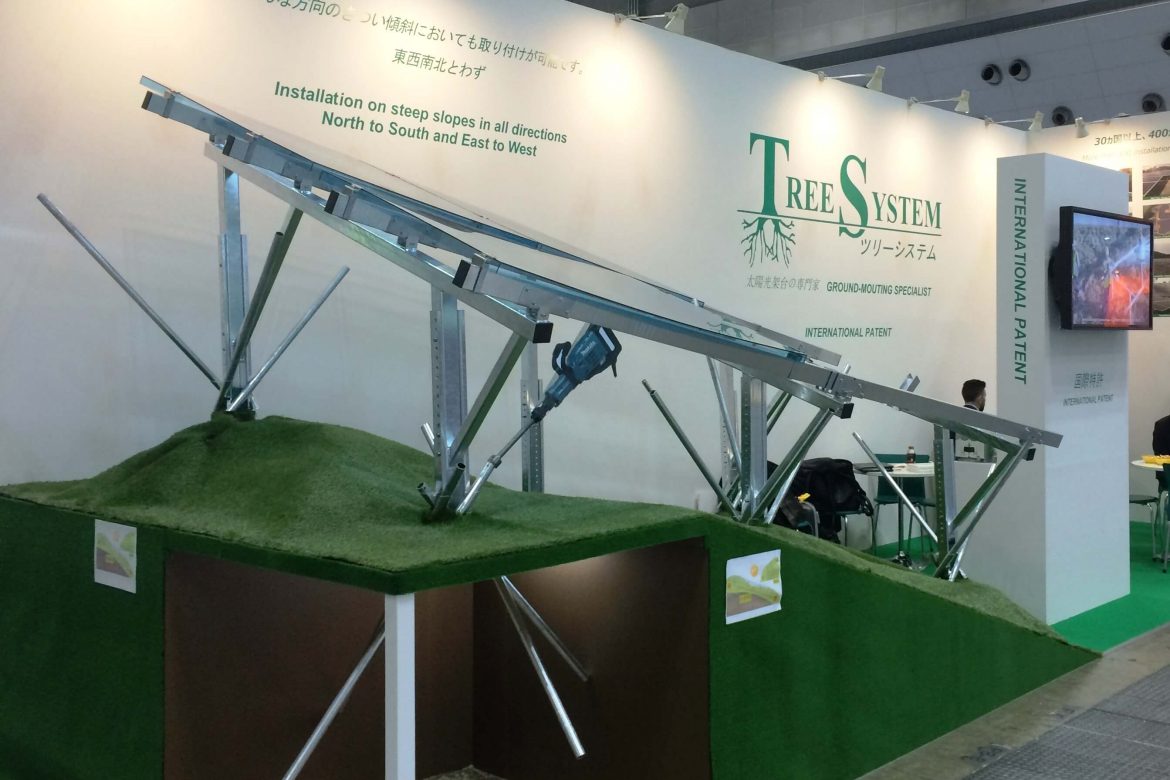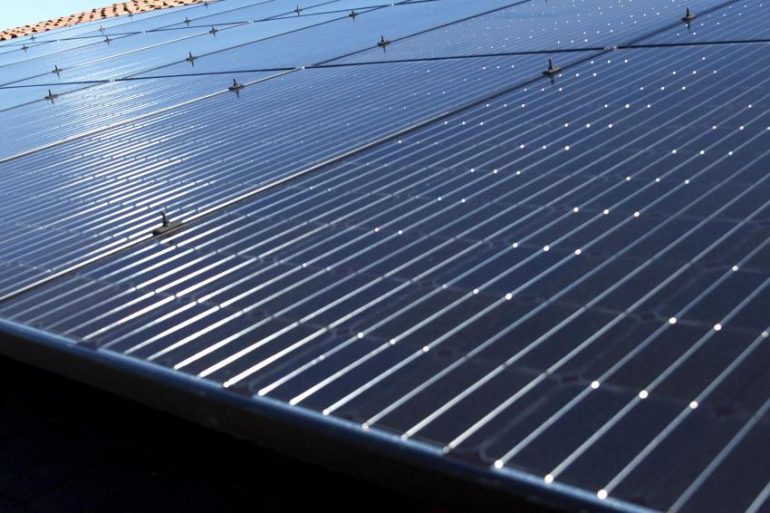Every site is completely different; hence the cleaning frequency varies from one site to the other. The five essential factors that affect the cleaning schedule include your location (how often does it rain?), the nature of business( for instance certain manufacturing units release exhaust making frequent cleaning a necessity), the tilt angle of your panels (steeply tilted panels tend to stay relatively cleaner than horizontal PV arrays), the amount of wind-blown dust and pollen, electric rate (higher electric rate makes it more worthwhile to clean your panels), and the cost to clean your panels.
Solar panels get dirty primarily from wind-blown dust and pollen. A small amount of dirt may cause an output decline of up to 5 percent. However, very dirty panels especially near agricultural lands or in areas that do not get rainfall can cause an output decline greater than 20 percent.
A heavy rainfall is good to wash away most of the dirt and debris but may leave a puddle of muddy debris along the lower edge of the panel. Hence making panel cleaning an essential activity. Also, the site must be looked for moss and weeds that develop along the lower row of cells after rains.
A lot of solar companies offer panel maintenance and cleaning as a part of their contract; however, a better way is to maintain the cleaning in-house. Watch our video on Solar Panel Cleaning Precautions for hassle free maintenance.















